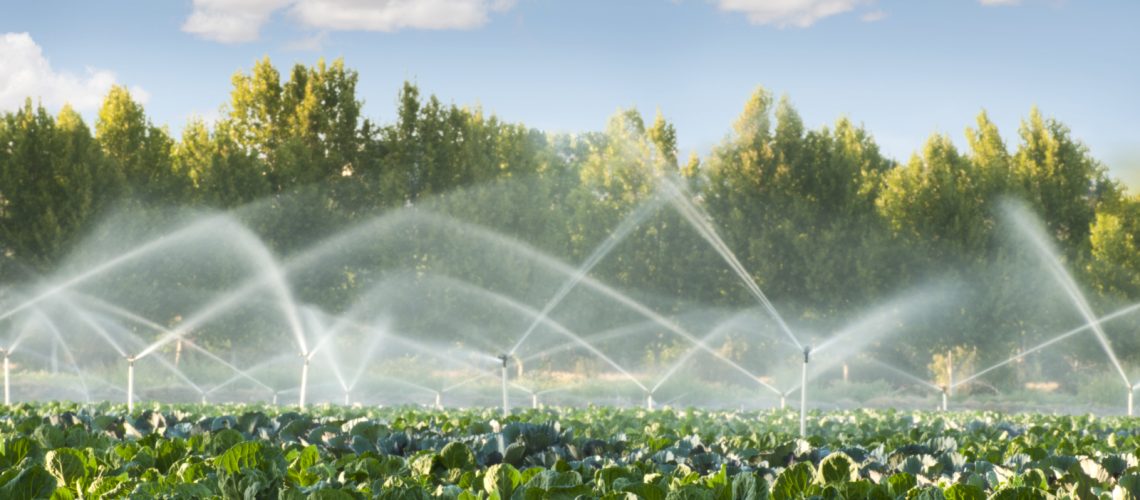For years farmers across the globe have been using manual methods to determine soil moisture. If the soil is too wet, wait for some days and irrigate if the soil is too dry. Although this process can be efficient if the farmer is well-trained, it can be time-consuming and cumbersome.
Thanks to technology, farmers across the state do not need to visit the garden to test soil moisture. Investing in an irrigation scheduling method enables farmers to reduce guesswork and maximize crop yield.
What is Irrigation Scheduling?
Irrigation scheduling is a farming method done by an irrigator to determine when and the amount of water to apply to the crops. This helps maximize irrigation proficiencies by using the required amount of water to reload the soil moisture to its exact level. In addition, it also helps save water, time, and energy that the farmer might use. Knowing the water volume and forecasting plant evapotranspiration enables the farmer to irrigate and maintain the required soil moisture.
What are the Benefits of Irrigation Scheduling?
One beauty of irrigation scheduling is that it helps in reducing the farmer’s cost of labor and water through little irrigation. It also lowers fertilizer expenses by stopping surface runoff and preventing leaching. Farmers using this process can schedule water rotation between different fields, maximizing yields and reducing crop water stress. This, in turn, helps in augmenting net returns by increasing crop quality and crop yields.
Irrigation scheduling also helps in reducing water-clogging issues by minimizing the drainage necessities. Controlled leaching that occurs when you implement this process helps in controlling root zone salinity issues.
How does a Farmer Maximize Crop Yield through Irrigation Scheduling?
If you want to use irrigation scheduling to maximize yields and net returns, you must understand the irrigation criterion, goal, and strategy. The irrigation criterion is the indicator used to define the necessity for irrigation.
To demonstrate irrigation scheduling, reflect on a farmer whose objective is to maximize net return and crop yields. The irrigation criterion that the farmer will use is soil moisture. Unfortunately, different soil moisture levels initiate irrigation. For example, if the soil moisture drops by 70 percent, the farmer should kick off the irrigation process.
Soil water content to initiate irrigation is dependent on the farmer’s strategy and goal. In this case, the farmer’s goal is to maximize yield. When the soil moisture content goes below the required level, the crop yield will be lower than the potential yield. Thus, the farmer will irrigate the land to ensure that the soil moisture content is above the required level.
The significance of irrigation scheduling is that it helps the farmer apply the required amount of water to achieve the goal. This augments irrigation efficiency while reducing costs. Furthermore, the exact application of water helps in preventing under irrigation and over-irrigation. Over irrigation lowers crop yields and soil aeration and results in tremendous energy, water, and labor waste. Under irrigation, on the other hand, results in yield reduction and stresses the crops. Thus, to acquire maximum crop yield, accurate water distribution across the farm is crucial.

